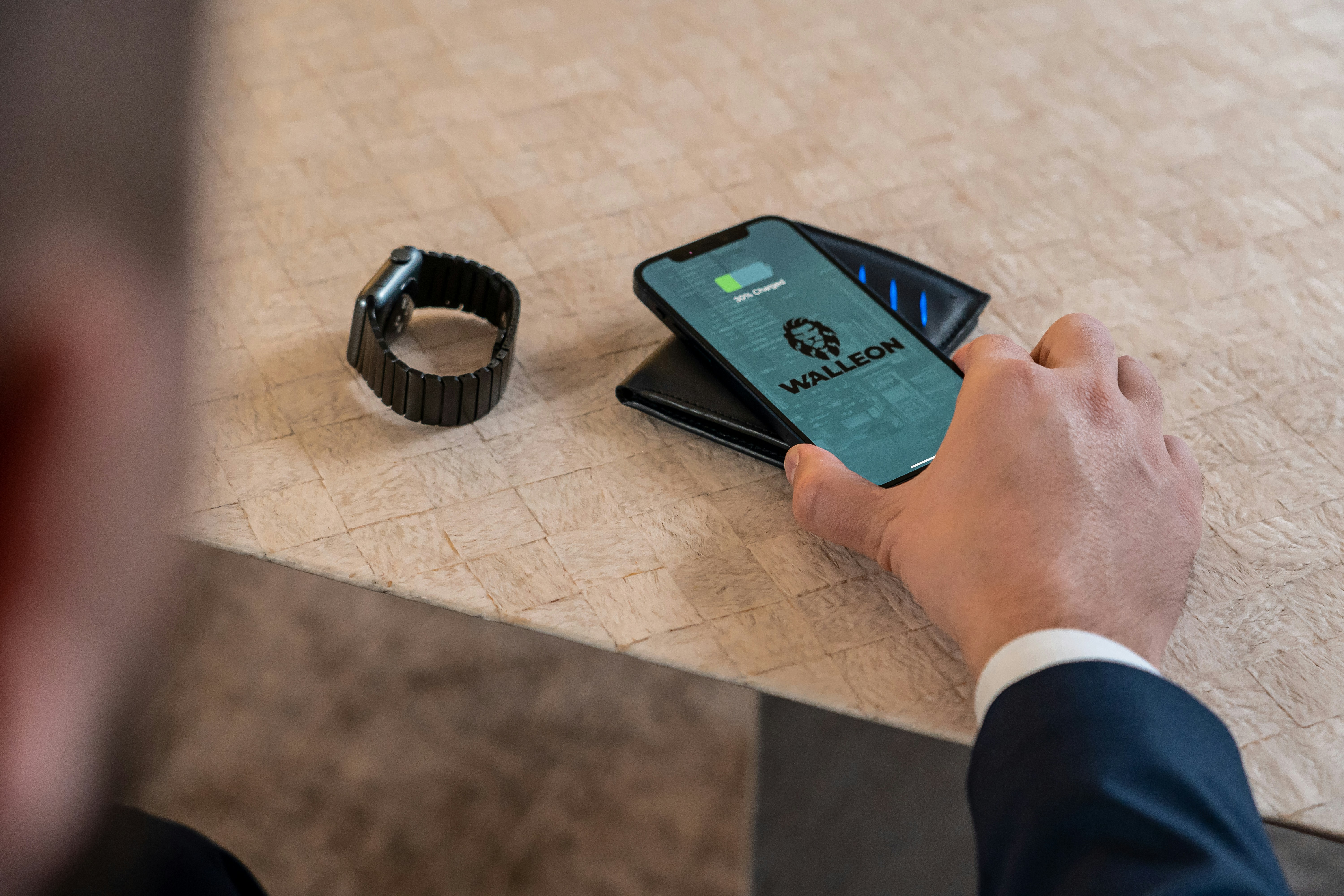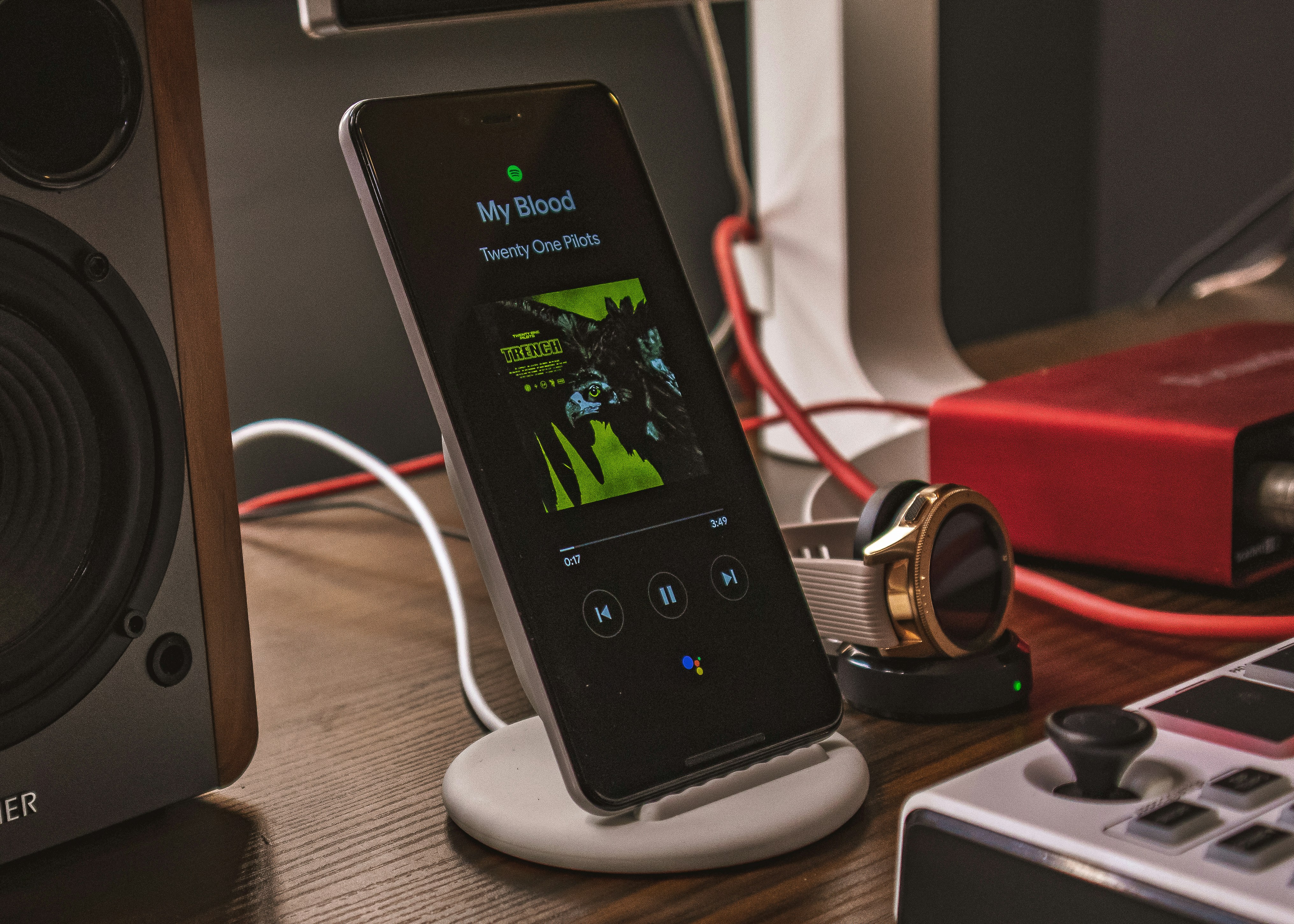Speed of Charging
Wired chargers provide faster charging speeds
When it comes to charging your devices, one of the key factors to consider is the speed of charging. Wired chargers are known to provide faster charging speeds compared to cordless (wireless) chargers. This is primarily because wired chargers directly connect to your device, allowing for a more efficient transfer of energy.
Cordless chargers are generally slower than wired chargers
On the other hand, cordless chargers tend to be slower in charging your devices. This is due to the nature of wireless charging technology, which requires a distance between the charger and the device. As a result, the charging process might take a bit longer compared to wired charging.
It’s important to keep in mind that the speed of charging may also vary depending on the specific charger and device being used. Additionally, advancements in technology are constantly improving the charging speed of cordless chargers. However, as of now, if you’re looking for a faster charging experience, a wired charger is the way to go.
This image is property of images.unsplash.com.
## Convenience and Flexibility
Wired chargers require physical connection to the device
When it comes to charging your devices, the traditional wired chargers require you to physically connect your device to the charger. This means that you need to find the charging cable, plug it into your device, and then connect it to a power source. While this method has been effective for many years, it can sometimes be inconvenient, especially if you’re on the go or in a hurry.
Cordless chargers offer more convenience and flexibility
On the other hand, cordless chargers, also known as wireless chargers, eliminate the need for a physical connection. These chargers use electromagnetic fields to transfer energy to your device, allowing you to simply place your device on the charging pad. This offers a more convenient and flexible way to charge your devices, as you can easily and quickly place your phone or other compatible device on the charger without having to deal with cables.
Ease of use with cordless chargers
Using a cordless charger is incredibly easy. Instead of fumbling with cables, you can just place your device on the charging pad, and it will start charging. This makes cordless chargers particularly useful when you’re busy and don’t have time to mess around with cables. Additionally, some cordless chargers even allow you to charge multiple devices at once, further enhancing their convenience.
Portability and mobility advantages of cordless chargers
Another advantage of cordless chargers is their portability and mobility. Since they don’t require a physical connection, you can easily bring them with you wherever you go. Whether you’re traveling, working in a coffee shop, or simply moving around your home or office, you can easily grab your cordless charger and charge your device without being limited by the length of a charging cable. This flexibility is particularly useful for those who are constantly on the move or don’t have access to a power outlet nearby.
Cordless charging offers a more convenient and flexible way to charge your devices compared to the traditional wired chargers. It eliminates the need for physical connections, making it easier to charge your devices on the go. Additionally, cordless chargers offer ease of use and portability advantages, allowing you to charge multiple devices simultaneously and take your charger with you wherever you need it.
This image is property of images.unsplash.com.
## Compatibility
Wired chargers have wider compatibility options. You’ll find that the majority of smartphones, tablets, and other devices come with a built-in port that allows for wired charging. This means that regardless of the brand or model of your device, you can easily find a wired charger that will work with it. This level of compatibility gives you the flexibility to charge multiple devices using the same charger, making it a convenient option.
On the other hand, cordless chargers may only work with specific devices. While some smartphones now come with wireless charging capabilities, not all devices are equipped with this feature. So, if you have a device that doesn’t support wireless charging, you won’t be able to take advantage of cordless charging solutions.
Compatibility concerns also arise with different cordless charging standards. There are multiple standards for wireless charging, such as Qi and PMA, and they are not always compatible with each other. This means that a cordless charger that supports one standard may not charge a device that supports a different standard. As a result, you need to be aware of the charging standards supported by both your device and the cordless charger you intend to use.
While wired chargers offer wider compatibility options, cordless chargers have limitations depending on the device and charging standards. It’s essential to consider the compatibility aspect when deciding between the two charging methods.
Physical Restrictions
Wired chargers can be limited by cable length
When it comes to wired charging, one of the notable limitations is the cable length. You have probably experienced the frustration of trying to use your device while it’s connected to a charger, only to find that the cable is too short. This can be especially inconvenient if the nearest power outlet is far away from your desired device placement.
Cordless chargers eliminate cable management issues
In contrast, cordless chargers remove the need for cables altogether. This means no more tripping over tangled cords or struggling to find the right length. With a wireless charging pad or stand, you can simply place your device on the charging surface and let it power up without any hassle. It’s a more streamlined and convenient way to charge your devices.
Wireless charging allows for device placement freedom
Another advantage of cordless charging is the freedom it offers in terms of device placement. With a wired charger, you are limited to charging your device in close proximity to a power outlet. However, wireless charging pads and stands give you the flexibility to place your device wherever you prefer, as long as it’s within the range of the charger. Whether it’s on your bedside table, desk, or even in your car, you can simply drop your device onto the charging pad and let it charge effortlessly.
The physical restrictions encountered with wired charging, such as cable length limitations and the need for close proximity to power outlets, are effectively eliminated with cordless wireless charging. It provides a more convenient and flexible charging experience, allowing you to effortlessly power up your devices wherever you choose.
This image is property of images.unsplash.com.
## Safety Considerations
When it comes to comparing cordless (wireless) charging to wired charging, safety is a crucial factor to consider. Wired charging is generally viewed as safer due to its established technology and physical connection. With a wired charger, you have a direct, metal-to-metal connection between your device and the power source, minimizing potential risks.
Wired charging is generally viewed as safer
One of the main safety concerns regarding cordless charging is the electromagnetic fields (EMFs) that are generated. However, it’s worth noting that the EMF exposure from cordless charging systems is generally considered to be low and well within established safety limits. Yet, if you have specific health concerns or sensitivities to EMFs, it’s essential to consult with a healthcare professional before using cordless charging.
Safety concerns regarding electromagnetic fields with cordless charging
In addition to EMF concerns, cordless charging systems also need to manage heat generated during the charging process. Overheating can potentially damage the device or even lead to safety hazards. Manufacturers have implemented temperature management mechanisms in cordless charging systems to prevent overheating and ensure safe charging.
Temperature management in cordless charging systems
To ensure safety, cordless charging systems monitor the device’s temperature during the charging process. If the temperature exceeds a certain threshold, the charging process may be slowed down or paused temporarily to prevent overheating. This temperature management feature helps safeguard your device and prevents any potential safety issues.
While cordless charging offers convenient and cable-free charging options, it’s crucial to be mindful of the safety considerations. By understanding these safety aspects, you can make an informed decision about which charging method best suits your needs and preferences.
Durability and Longevity
Wired chargers are often sturdier and more durable
When it comes to durability and longevity, wired chargers have the upper hand. These chargers are built to withstand daily wear and tear, thanks to their robust construction. The cables are usually made of high-quality materials, such as nylon or PVC, which provide excellent resistance against bending, twisting, and pulling. This means that even if you accidentally step on the cable or yank it, your wired charger is likely to remain intact.
Cordless chargers may have shorter lifespans due to battery degradation
On the other hand, cordless (wireless) chargers may not be as durable as their wired counterparts. The reason for this lies in the built-in batteries used for wireless charging. Over time, these batteries can experience degradation, resulting in a decrease in charging efficiency. While this degradation is normal for any battery, it can lead to a shorter overall lifespan for the cordless charger.
Build quality and impact resistance in wired chargers
In addition to their sturdiness, wired chargers often boast superior build quality and impact resistance. Manufacturers often prioritize the build of wired chargers to ensure they can withstand accidental drops, being stuffed into bags, or other potential mishaps. This extra level of durability ensures that even under demanding conditions, a wired charger can be relied upon to continue working reliably.
Energy Efficiency
Wired chargers are typically more energy-efficient than cordless (wireless) charging options. This is because the energy loss occurs mainly during the transmission of electricity, and with wired chargers, the energy travels through a physical connection, resulting in minimum loss. However, when it comes to cordless charging, energy efficiency is a challenge.
Efficiency challenges in cordless charging technology
Cordless charging relies on electromagnetic fields to transfer energy from the charging pad to the device. This energy transfer incurs more energy loss compared to wired charging. The distance between the charging pad and the device, as well as any obstacles in between, can further impact efficiency. Additionally, cordless chargers often require higher power to account for the energy loss, which translates to increased energy consumption.
While cordless charging technology is continuously evolving to improve efficiency, it is important to consider this aspect when choosing between cordless and wired charging options. Wired chargers remain the more energy-efficient alternative, ensuring minimal energy loss during the charging process. However, if convenience and ease of use are your primary concerns, cordless charging may still be a viable option for you.
Costs
When it comes to comparing cordless (wireless) charging to wired charging, one important factor to consider is the cost. Wired chargers are generally more affordable than their cordless counterparts. This is because wired chargers have been around for a longer time, and the technology behind them is more established. As a result, you can find a wide range of wired chargers available in the market at varying price points, making them a cost-effective option for many.
On the other hand, cordless chargers may require additional accessories, such as charging pads or mats, which can add to the overall cost. These accessories are needed to facilitate the wireless charging process by creating a connection between the charger and the device. While the initial investment for a cordless charger might be higher, it offers the convenience of charging your devices without the hassle of dealing with tangled wires.
Additionally, cost considerations come into play when implementing cordless charging infrastructure. For example, businesses or public places that want to provide cordless charging options to their customers need to invest in installing charging stations or mats, which can incur additional expenses.
While wired chargers are generally more affordable, cordless charging systems may require additional accessories and infrastructure investment, which can affect the overall cost. When deciding between the two options, it is important to consider your budget and the convenience factor that cordless charging offers.
Environmental Impact
In today’s world, technology plays a crucial role in our everyday lives. With the rise in popularity of smartphones and other electronic devices, charging them has become a necessity. But have you ever wondered about the environmental impact of different charging methods? In this article, we will compare cordless (wireless) charging to wired charging and explore their respective environmental footprints.
Wired chargers contribute less to e-waste
One advantage of wired charging is that it generates less electronic waste. With wired chargers, you only need one cable to charge multiple devices, reducing the number of chargers that end up in landfills. Moreover, wired chargers often have a longer lifespan, further reducing the amount of e-waste generated.
Sustainability advantages of cordless charging technology
On the other hand, cordless charging technology offers sustainability advantages. It eliminates the need for disposable cables, which can break or get lost easily. Cordless chargers also provide convenience by allowing you to simply place your device on a charging pad without dealing with messy cables. Additionally, some cordless charging platforms are designed to be energy efficient, reducing power consumption and promoting sustainability.
Both cordless and wired charging methods have their own environmental impact, and the choice between them ultimately comes down to personal preference and the specific needs of the user.
Future Developments and Adoption
With the increasing popularity of wireless devices, the demand for cordless charging options has also grown. In this section, we will explore the ongoing technological advancements in cordless charging and compare it to the widespread adoption of wired charging in existing infrastructure. Furthermore, we will discuss the potential for cordless charging to become the norm in the future.
Ongoing technological advancements in cordless charging
Cordless charging technology has evolved significantly in recent years. Manufacturers have been working on improving efficiency and reducing charging times. Wireless chargers are becoming more powerful, enabling faster and more efficient charging of devices. Additionally, the range at which devices can be charged wirelessly has also increased, providing greater convenience to users. As these advancements continue, we can expect even better performance from cordless charging solutions in the near future.
Widespread adoption of wired charging in existing infrastructure
Wired charging, on the other hand, is already prevalent in our daily lives. Charging ports are widely available in various public spaces, such as airports, coffee shops, and even in cars. This infrastructure is already in place and has been utilized by countless devices over the years. As a result, wired charging is accessible to most people, regardless of their device’s make or model.
The potential for cordless charging to become the norm
Despite the current dominance of wired charging, cordless charging has the potential to become the go-to option in the future. As more devices integrate wireless charging capabilities, we may see a shift towards cordless charging becoming the new standard. The convenience of simply placing your device on a charging pad without needing to fumble with cables is highly appealing to many users. However, for cordless charging to become widespread, the technology will need to improve further in terms of charging speed and compatibility with different devices.
In conclusion, cordless charging is evolving rapidly with ongoing technological advancements, while wired charging remains widely adopted in existing infrastructure. Whether cordless charging will eventually become the norm is yet to be seen, but as the technology progresses and more devices adopt wireless charging capabilities, it certainly holds the potential to revolutionize the way we power our devices.



